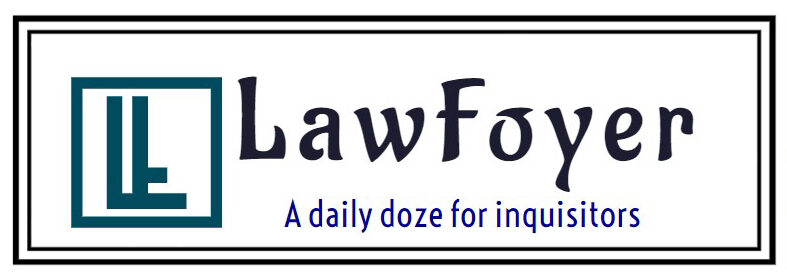A) ABSTRACT / HEADNOTE
In ‘State Of Uttaranchal vs Balwant Singh Chaufal & Ors,’ the Supreme Court addresses constitutional nuances. Focusing on Advocate General appointment criteria, it delves into Articles 165 and 217. This judgment is a pivotal interpretation in public interest litigation, setting new legal precedents.
Keywords: Constitution, Advocate General, Articles 165 and 217, Public Interest Litigation, Supreme Court.
B) CASE DETAILS
i) Case Title: State Of Uttaranchal vs Balwant Singh Chaufal & Ors.
ii) Case ID: Civil Appeal Nos. 1134-1135 of 2002.
iii) Judgment Date: 18th January 2010.
iv) Venue: Supreme Court of India.
v) Bench: Justices Mukundakam Sharma, Dalveer Bhandari.
vi) Author: Justice Dalveer Bhandari.
vii) Reference: AIR 2010 SC 2550, 2010 AIR SCW 1029.
viii) Laws Involved: Indian Constitution, Article 165, Article 217.
C) INTRODUCTION AND BACKGROUND
The case explores Advocate General appointment rules. Uttaranchal State challenges High Court orders. These question appointing an Advocate General over 62 years. Central to this are Articles 165 and 217, shaping qualifications and tenure for Advocate General and High Court judges.
D) CASE FACTS
Originating from a Public Interest Litigation in Uttaranchal High Court. It questioned L.P. Nathani’s Advocate General role. The issue was his age, over 62, the High Court judge’s retirement age under Article 217. The High Court demanded a state response.
E) LEGAL ISSUES
Does a High Court judge’s age limit under Article 217 affect the Advocate General’s appointment as per Article 165?
F) PETITIONER/ APPELLANT’S ARGUMENTS
The State of Uttaranchal, represented by Shri Dinesh Dwivedi, emphasized past judicial interpretations which had established that the age limit for High Court judges does not apply to the Advocate General. The appellant referenced previous rulings including G.D. Karkare v. T.L. Shevde & Others (AIR 1952 Nagpur 330) and Atlas Cycle Industries Ltd. Sonepat v. Their Workmen (1962 Supp. (3) SCR 89), asserting the independence of the Advocate General’s office from age restrictions.
G) RESPONDENT’S ARGUMENTS
The respondents, by not appearing in the Supreme Court, displayed a lack of commitment to the case. This non-serious approach suggested a weak stance on their end regarding the challenged appointment of the Advocate General.
B) RELEVANT LAWS
i. Key legal provisions are Articles 165 and 217. Article 165 governs state Advocate General appointments. Article 217 defines High Court judges’ terms, including retirement age.
H) JUDGMENT
a. RATIO DECIDENDI
i. The Supreme Court backed the appellant’s view. It clarified that the Advocate General’s appointment is not limited by the High Court judges’ age rule in Article 217. The court underscored the Advocate General’s unique, independent role.
b. OBITER DICTA
i. The court condemned public interest litigation misuse. It highlighted the strain such actions put on the judicial system, overshadowing genuine cases.
I) CONCLUSION & COMMENTS
The decision confirms the Advocate General’s independence from judiciary age limits. It reinforces constitutional separation of roles and warns against public interest litigation abuse.
J) REFERENCES
a. Case References
i. G.D. Karkare v. T.L. Shevde, AIR 1952 Nagpur 330.
ii. Atlas Cycle Industries v. Their Workmen, 1962 Supp. (3) SCR 89.
iii. People’s Union for Democratic Rights v. Union of India, (1982) 3 SCC 235.
iv. M.C. Mehta v. Union of India, AIR 1987 SC 1086.
v. Rural Litigation and Entitlement Kendra v. State of U.P., AIR 1985 SC 652.
b. Statute References
i. Constitution of India, Articles 165 and 217.
